- Home
- Machining techniques
- CNC Machining Services
- Cooperative supply services
- Designs
- Materials
- Finishing Services
- Shop
- Products
- Guide
- About Us
- Contact Us
2022.10.22
Non-ferrous metals are generally a group of metals that do not contain a significant amount of iron, such as copper and aluminum. What are common types of nonferrous metals and their uses? Below we’ll list 6 types of non-ferrous metals and their properties and applications.
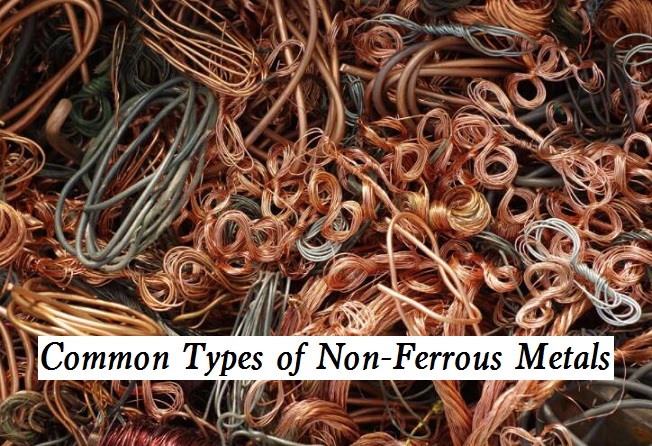
1. Zinc
Zinc, which comes in shining silver and slightly bluish-gray, is the third most widely used nonferrous metal after aluminum and copper. Zinc is a popular material in die casting, it has a low melting point and extremely high corrosion resistance, which makes it an ideal coating material for steel. Zinc is also an alloy material for synthesizing brass with copper.
– Properties: excellent castability, excellent anti-corrosion, high strength, high hardness, cheap price, low melting point, creep resistance, easy to form an alloy with other metals, brittle at room temperature, ductility at about 100 ℃.
– Typical uses: electronic components, roofing materials, photo engraving discs, mobile phone antennas, and shutter devices in cameras.
2. Aluminum
Aluminum was invented and named in the early 18th century. Unlike other metal elements, aluminum does not exist in nature in the form of direct metal elements but is extracted from bauxite containing 50% aluminum oxide. Aluminum is one of the most abundant metal elements on our earth. When aluminum first appeared, it was not immediately applied to people’s lives. Later, a batch of new products aiming at its unique functions and characteristics gradually came out, and this high-tech material also gradually has a wider and wider market. Although the application history of aluminum is relatively short, the output of aluminum products on the market has far exceeded the sum of other nonferrous metal products.
– Properties: flexible, high strength-weight ratio, excellent corrosion resistance, electrical conductivity, recyclable.
– Typical uses: vehicle skeleton, aircraft parts, kitchen appliances, packaging, furniture, building structures.
3. Magnesium
Magnesium is an extremely important nonferrous metal. It is lighter than aluminum and can form a high-strength alloy with other metals. Magnesium alloys have the advantages of light-specific gravity, high specific strength and specific stiffness, good thermal conductivity, good damping, electromagnetic shielding performance, easy processing and molding, and easy recovery. Due to the high price and technical constraints, magnesium and magnesium alloys are only used in a small amount in aviation, aerospace, and military industries. Nowadays, magnesium is the third largest metal engineering material after steel and aluminum and is widely used in aerospace, automotive, electronics, mobile communications, metallurgy, and other fields. The corrosion resistance of magnesium alloy is 8 times that of carbon steel, 4 times that of aluminum alloy, and more than 10 times that of plastics. The corrosion resistance of magnesium alloy is the best among alloys. The common magnesium alloys are non-combustible, especially when used on the parts of steam turbine vehicles and building materials, which can avoid instantaneous combustion.
– Properties: lightweight structure, high rigidity and impact resistance, excellent corrosion resistance, good thermal conductivity and electromagnetic shielding, good incombustibility, poor heat resistance, and easy recycling.
– Typical uses: widely used in aerospace, automotive, electronics, mobile communications, metallurgy, and other fields.
4. Copper
Its name originates from a place called Cyprus, which is an island rich in copper resources. People use the abbreviation Cu of the island name to name this metal material. Copper has been widely used in building structures in modern society. As the carrier of power transmission, it has been used as the raw material for making body decorations by people of different cultural backgrounds for thousands of years. From the initial simple decoding and transmission to the later key role in complex modern communication applications, this malleable and orange metal has accompanied our development and progress. Copper is an excellent conductor, its conductivity is only inferior to silver.
– Properties: good corrosion resistance, excellent heat conduction, electrical conductivity, hardness, flexibility, ductility, and unique effect after polishing.
– Typical uses: wires, engine coils, printed circuits, roofing materials, pipe materials, heating materials, jewelry, and cooking utensils.
5. Chromium
The most common form of chromium is used as an alloying element in stainless steel to enhance its hardness of stainless steel. The chromium plating process is generally divided into three types: decorative coating, hard chromium coating, and black chromium coating. Chromium coating is widely used in the engineering field. Decorative chromium coating is usually plated outside the nickel layer as the top layer, and the coating has a delicate polishing effect like a mirror. As a decorative post-treatment process, the thickness of chromium coating is only 0.006mm.
– Properties: excellent corrosion resistance, hard and durable, easy to clean, low friction coefficient.
– Typical uses: bicycle parts, bathroom faucets, furniture, kitchen appliances, tableware, etc. Hard chrome plating is more used in industrial fields, including jet engine components, plastic molds, and shock absorbers. Black chrome plating is mainly used for instrument decoration and solar energy utilization.
6. Titanium
Titanium is a very light metal, but it is very tough and corrosion-resistant. It keeps its own color for life at room temperature. The melting point of titanium is not much different from that of platinum, so it is often used in aerospace and military precision parts. Titanium has excellent acid and alkali corrosion resistance, low density, high-temperature resistance, corrosion resistance, and other excellent characteristics. The density of titanium alloy is half of that of steel and its strength is similar to that of steel. Titanium is resistant to both high and low temperatures. It can maintain high strength in such a wide temperature range as -253-500℃. Titanium alloy is a good material for making rocket engine shells, artificial satellites, and spaceships. It is called space metal. Titanium is a pure metal, so when materials contact it, no chemical reaction will occur. Titanium has high corrosion resistance and stability, it will not affect its essence after long-term contact with people, so it will not cause human allergy. The biggest disadvantage of titanium is that it is difficult to refine. This is mainly because titanium can combine with oxygen, carbon, nitrogen, and many other elements at high temperatures.
– Properties: high strength, excellent corrosion resistance in weight ratio, difficulty in cold working, good weldability, about 40% lighter than steel, 60% heavier than aluminum, low conductivity, low thermal expansion, and high melting point.
– Typical uses: tennis rackets, portable computers, cameras, luggage, surgical implants, airframe, chemical appliances, and maritime equipment.
 Spring Material Types (Properties, Grades, Uses) & Best Selection for Your Project
Spring Material Types (Properties, Grades, Uses) & Best Selection for Your Project
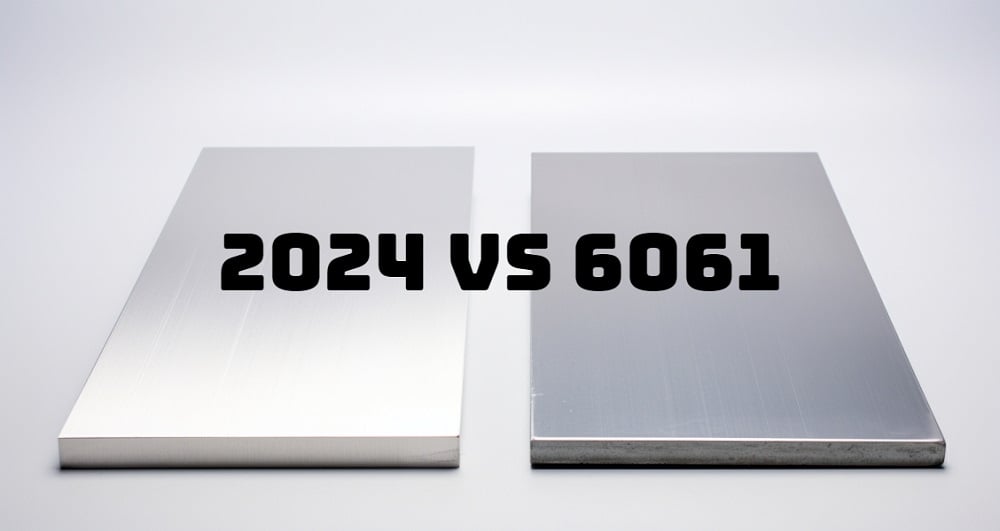 2024 Aluminum vs 6061: Differences in Properties, Strength, Corrosion Resistance, Use, Cost
2024 Aluminum vs 6061: Differences in Properties, Strength, Corrosion Resistance, Use, Cost
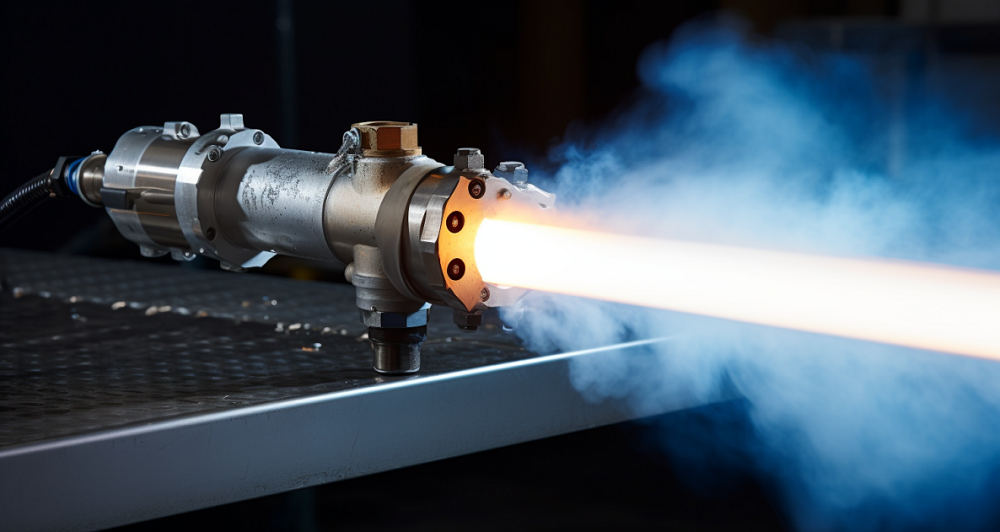 What is HVOF Coating – HVOF Thermal Spray Process, Materials, Benefits, Machine, Applications
What is HVOF Coating – HVOF Thermal Spray Process, Materials, Benefits, Machine, Applications
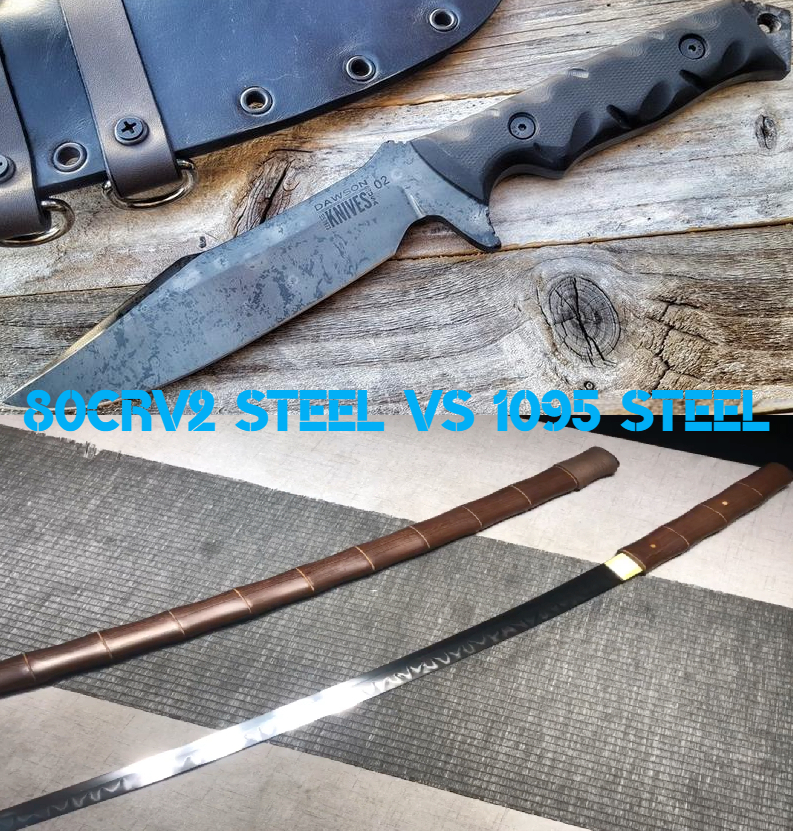 80CrV2 Steel vs 1095 Steel: Differences in Composition, Properties, Use, Price & More
80CrV2 Steel vs 1095 Steel: Differences in Composition, Properties, Use, Price & More
 Polyamide Vs. Nylon Vs. Polyester: Properties, Uses, Advantages & Disadvantages
Polyamide Vs. Nylon Vs. Polyester: Properties, Uses, Advantages & Disadvantages
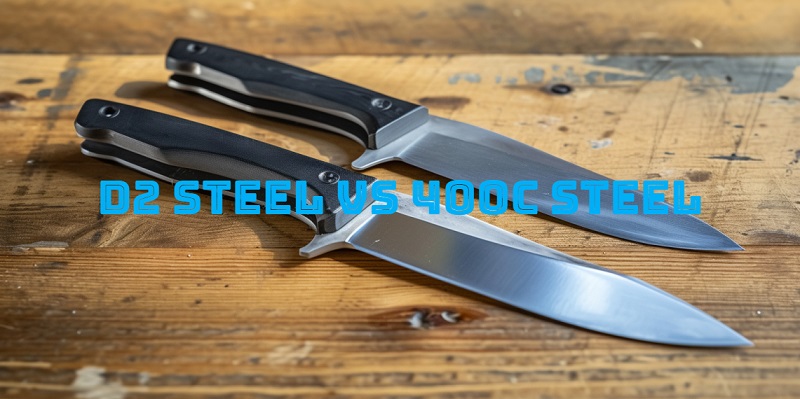 D2 Steel vs 440C: Differences in Hardness, Properties, Composition, Uses, Price
D2 Steel vs 440C: Differences in Hardness, Properties, Composition, Uses, Price
